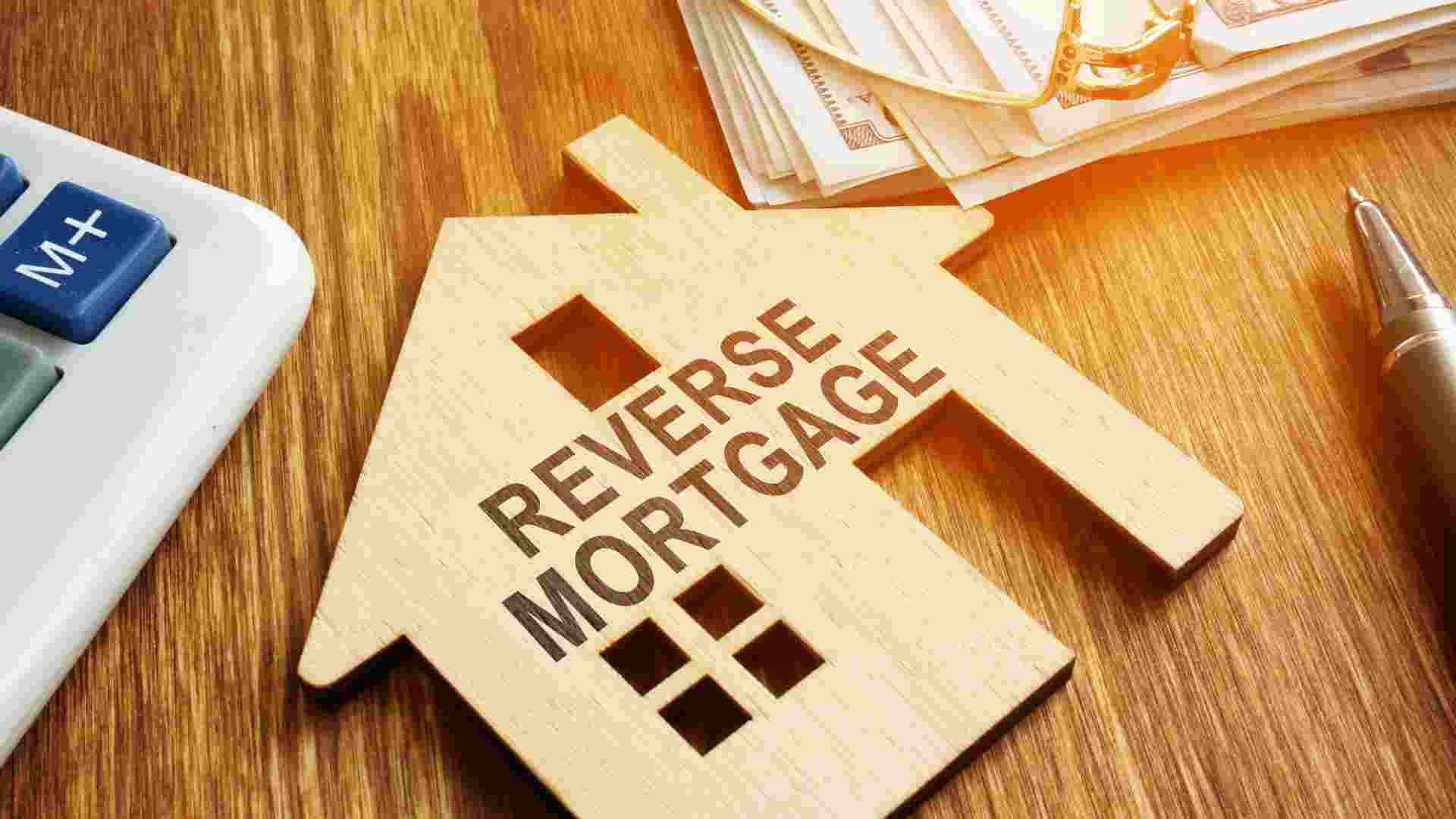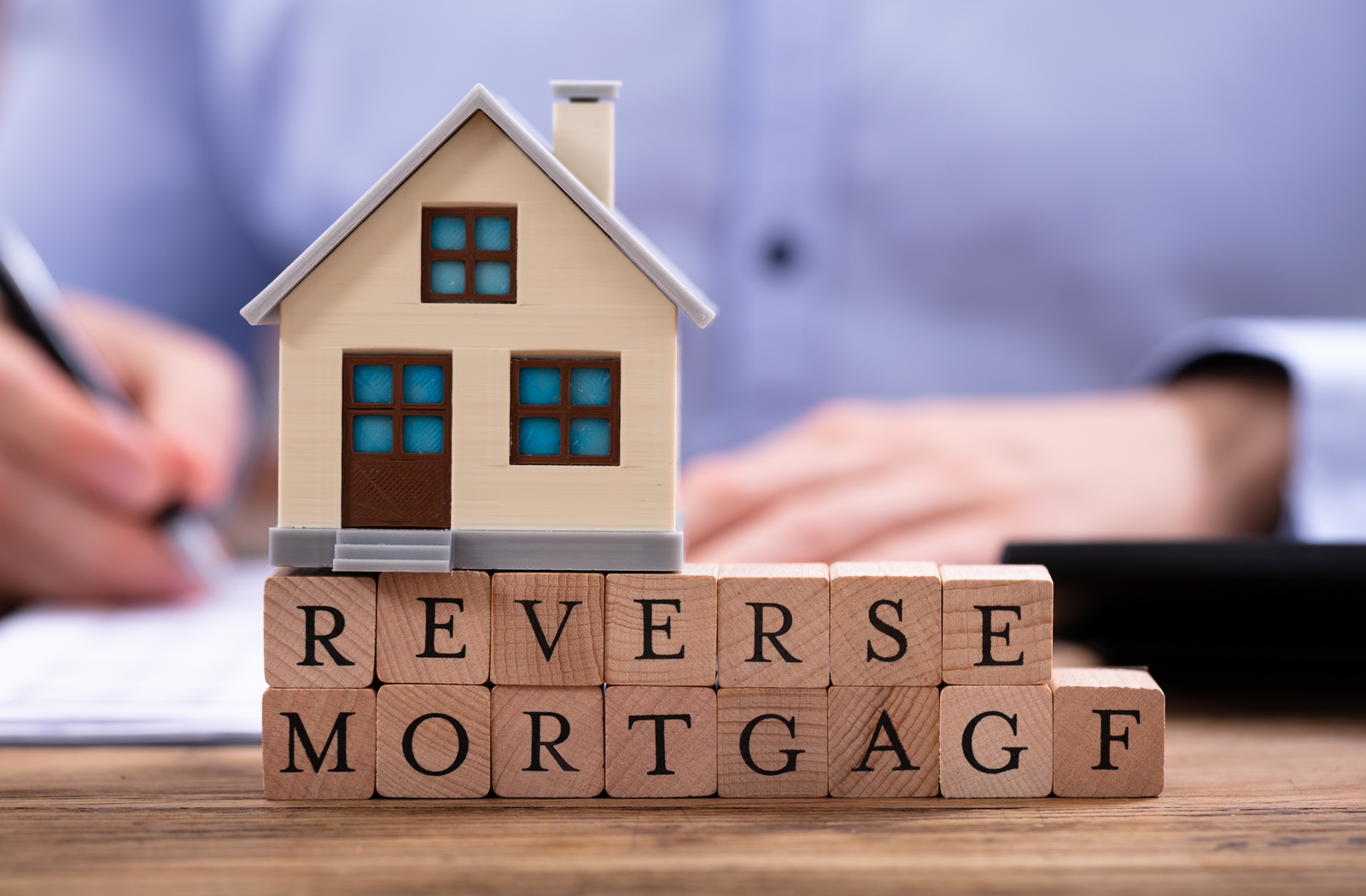Reverse Mortgage is an equity loan against the home and it lets elderly homeowners borrow money. A reverse mortgage eliminates the homeowner’s need to make monthly mortgage payments, in contrast to a regular loan. Rather, the lender sends money to the borrower in the form of a flat amount at closing, a line of credit, or monthly installments.
Usually, borrowers 62 years of age and older are eligible for these loans, but some lenders accept borrowers as young as 55. Homeowners frequently use them to increase their retirement income or lower their monthly housing expenses. To find out more about reverse mortgages, their operation, and if they might be a good fit for you in retirement, continue reading.
What is Reverse Mortgage?
Only homeowners 62 years of age or older who have paid off most or all of their current mortgage loan on their home are eligible for a reverse mortgage. Like a conventional second mortgage, a reverse mortgage enables qualified homeowners to access their home equity—that is, the amount of their property’s worth less the amount they currently owe—as set monthly payments from the lender or as a lump sum.
Borrowers are only eligible for a reverse mortgage if their principal property is a single- or multi-family home (or condo) that is no larger than a fourplex. Borrowers are also prohibited from having any overdue government obligations, such as unpaid taxes.
The reverse mortgage borrower’s whole amount is only payable when the borrower:
- Dies (if heirs want to keep the property, they must pay back the loan).
- Stays away from the home for more than a year (unless a co-borrower or a qualifying spouse stays on the property).
- Sells the building.
- Gives up on homeowner’s insurance and taxes
Reverse mortgages are frequently used to supplement retirement income for elderly home owners. Due to the lack of monthly payments, reverse mortgages can also lower housing costs, enhance cash flow, or cover upgrades or repairs to a home.

Reverse mortgage Types
Reverse mortgages come in three varieties:
- Proprietary reverse mortgages
- Single-purpose reverse mortgages
- Home equity conversion mortgages (HECMs)
These loans may have fixed or adjustable interest rates, exactly like conventional mortgages. An adjustable-rate reverse mortgage allows your interest rate to change over time, whereas fixed-rate mortgages have a fixed interest rate for the duration of the loan. Several lenders provide different kinds of loans, each with a distinct function. Finding the best financial solution to suit your needs will be easier if you are aware of the distinctions between each one.
Mortgage for Home Equity Conversion (HECM)
A Home Equity Conversion Mortgage (HECM), which is guaranteed by the federal government and overseen by the U.S. Department of Housing and Urban Development (HUD) and the Federal Housing Administration (FHA), is the most popular kind of reverse mortgage. Only lenders approved by HUD may offer it.
Prior to obtaining a mortgage, all HECM borrowers must be 62 years of age or older and complete a HUD-approved HECM counseling session. You will learn about the conditions of the HECM program, your alternatives for repayment, and the tax ramifications during this course. Your counselor will also talk about your financial situation and specific requirements.
HECM loans are non-recourse and come with FHA insurance, so even if your loan debt is higher, you will never owe more than the amount your home sells for. With a HECM, you are required to pay a mortgage insurance premium (MIP). The annual fee for this service is 0.5% of your outstanding debt plus 2% of your loan upfront.
Depending on your financial circumstances, HECMs provide you with a number of alternatives on how to get your funds:
- One big upfront payment: Following closing, you get one big lump sum payment. This feature is limited to reverse mortgages with fixed rates.
- Refunds each month: For a certain period of time (referred to as term payments) or for the duration that the house serves as your principal residence (referred to as tenure payments), you get a monthly payment.
- A credit line: Money can be taken out whenever it’s needed. With this option, however, the unused principle balance accumulates over time in accordance with your interest rate.
- Mix of the preceding: A line of credit can also be integrated with monthly tenure or term payments. The lump sum cannot be used in conjunction with any other choice.
For 2023, the maximum amount you may borrow with a HECM is $1,089,300; however, the exact amount you’ll be approved for will depend on a number of factors, including your current mortgage debt, the assessed value of your home, and other financial information. Before proceeding, your lender will need an assessment to ascertain the worth of your home.
How are reverse mortgages operated?
A reverse mortgage may be thought of as an advance on the ultimate sale of your home, which is a simple definition. The money is sent to you by the lender in the form of a flat amount, recurring withdrawals, or monthly installments. You or your heirs will repay the loan from the profits of the sale of your home when you pass away or sell it.
You won’t have to pay your lender during the period of your reverse mortgage; however, you are welcome to if you would like. To prevent liens, you must, however, maintain current homeowner’s association dues, insurance, and property taxes. You are also responsible for maintaining the property; for example, you are responsible for paying to replace your roof. Your lender may declare your loan past due or possibly foreclose on your home if you don’t fulfill these commitments.
Reverse mortgage pros and cons
Like every loan, a reverse mortgage has advantages and disadvantages. Making the best financial decision for your future might be aided by being aware of the benefits and drawbacks of mortgages. The advantages of a reverse mortgage are something you’ll undoubtedly hear a lot about, and a lot of it is true. For many people, mortgages might be beneficial since they:
- Make more money available for retirement.
- Allow you to remain in your home rather than selling it to get liquidity.
- Can assist you in repaying your current loans.
- might lower your tax obligations because the funds are not considered income.
But the majority of lenders won’t be honest with you about these loans’ disadvantages. Among the drawbacks of a reverse mortgage are:
- The potential for foreclosure if you are unable to pay the property tax and other costs.
reducing the amount you leave your heirs - The costs associated with shutting
Before committing to anything, it’s a good idea to understand as much as you can about mortgages because they may be difficult. Making a choice is simpler the more information you have about the benefits and drawbacks.
How Can a Reverse Mortgage Be Repaid?
Companies that sell reverse mortgages will make a big deal out of the fact that you won’t have to make monthly payments if you take one out. It is accurate. But keep in mind that we’re still discussing loans. Even if you are exempt from making monthly payments, you will ultimately need to reimburse the lender. They must, after all, find a way to generate income.
With mortgages, lenders are paid back in the following ways: You will remain debt-free from the mortgage company as long as you continue to pay your homeowners insurance, property taxes, and other associated costs. The remaining sum on your reverse mortgage, however, becomes payable in full when you leave your home, either because you move out or—yep—die.
Yes, unless your family chooses to give the bank ownership of your home, they will be responsible for repaying your loan in the event of your death. Who wouldn’t want to be a part of a scheme that takes advantage of the deceased and their bereaved relatives, after all? (We’re hoping you noticed our irony there.)
Reverse Mortgage Alternatives

The amount paid out on a reverse mortgage is contingent upon the borrower’s age, the value of their home, the interest rate on the mortgage, loan costs, and whether they select a lump sum, line of credit, monthly payment, or a mix of these. There are additional options to access money if the payment is insufficient to give someone the financial security they need to age in place, such as:
- Cash-out refinance: If you are eligible and fulfill the income and credit requirements, you can refinance your current mortgage and borrow up to 80% of the value of your home. Although there are closing charges associated with this product, you can convert home equity into cash and perhaps lock in a cheaper interest rate.
- Loan for personal use: A personal loan might give you a one-time payment without reducing the value of your home. The home is not used as security for this type of loan. Usually, it’s a loan used for a shorter time frame.
- Home equity line of credit (HELOC): Based partially on your home equity, a HELOC gives you access to funds when you need them, but you only have to pay interest on the money you actually borrow. In some cases, if you maintain the line open for at least three years, a lender will waive or decrease closing expenses. Typically, the interest rate for HELOCs is changeable.
- Home equity loan: You can borrow a lump amount based on the market value of your property, less any outstanding mortgages, with a fixed-rate home equity loan. Every month, you make a payment for principle and interest. Again, if you maintain the loan for the standard minimum of three years, lenders may lower or waive closing charges.
FAQ
If I have a reverse mortgage, can I sell my home?
Absolutely, there is no prepayment penalty and you may sell your home at any moment when you have a mortgage.
Can a reverse mortgage result in the loss of your home?
Indeed. By accepting a reverse mortgage, you consent to continue paying your home’s expenses, including taxes and homeowner’s insurance, and to use it as your principal place of residence. (denoted with a maximum six-month departure.) HUD mandates that the servicer notify you when the loan is due and payable if you don’t keep up with the terms of the arrangement.
Is it wise to take out a reverse mortgage?
They are neither beneficial nor negative by nature. Always take into account your long-term appropriateness when deciding whether to take out a reverse mortgage. Assume the reverse mortgage makes it possible for you to live more comfortably while you are able to remain at home for the foreseeable future. In that situation, going in the other direction might be a terrific idea! If you want to move later in retirement, you might want to look into other options like home equity loans or reverse mortgages for a purchase.
What makes a reverse mortgage a bad idea?
In order to sell your home quickly, you should wait for a reverse mortgage. These mortgages are not meant to be used for short-term financing. It is less attractive to utilize in that way because of the up-front expenditures associated with mortgage insurance, etc.


